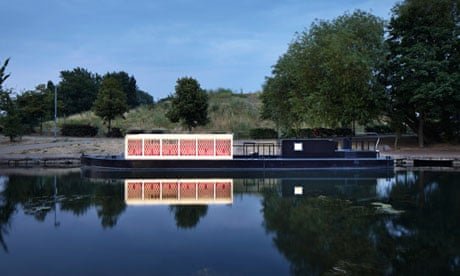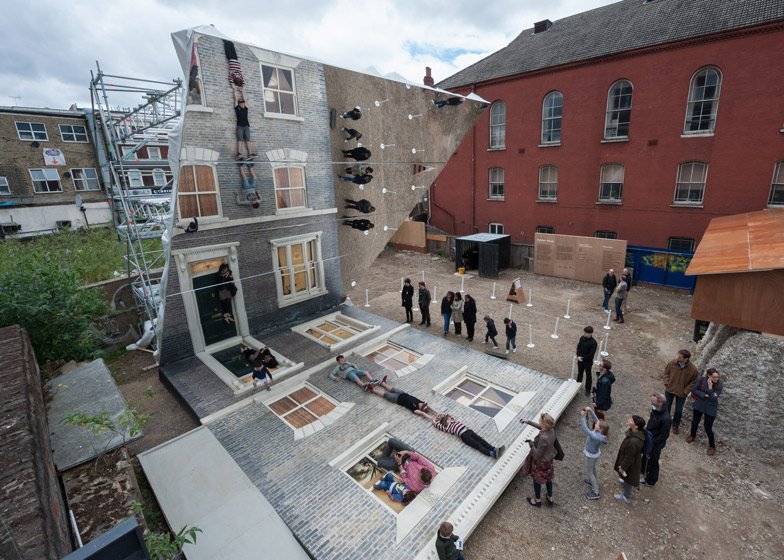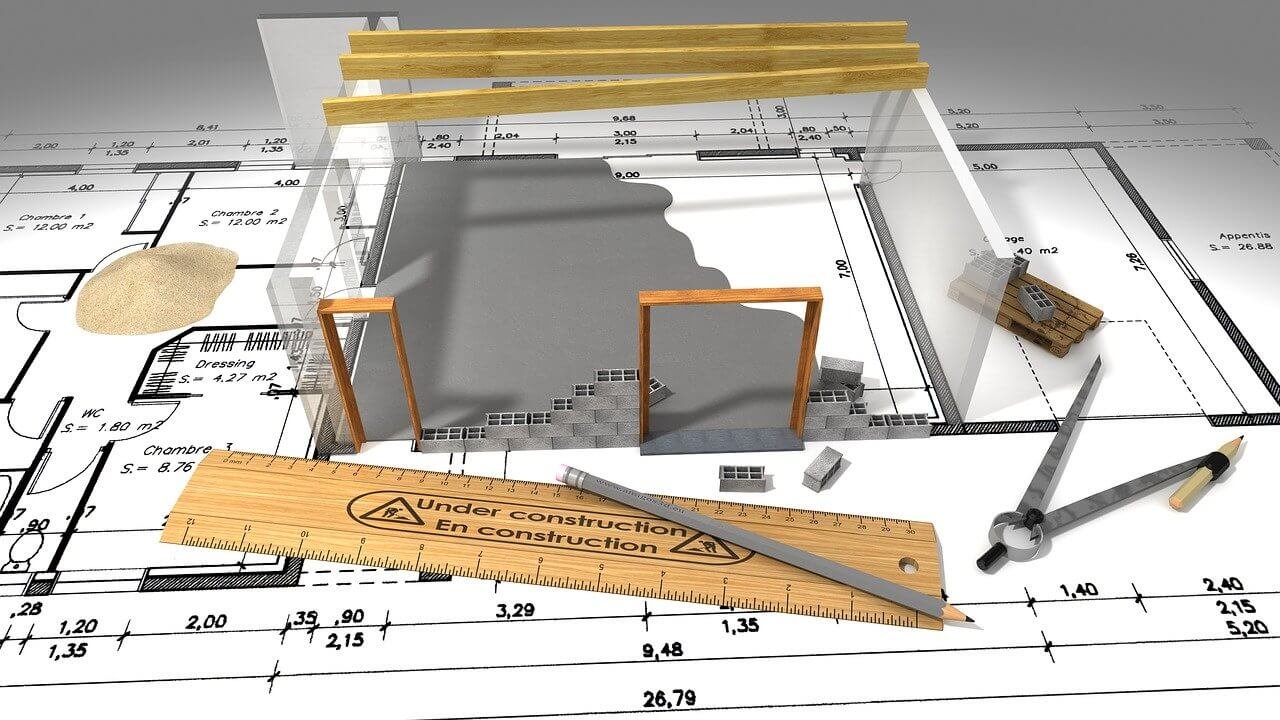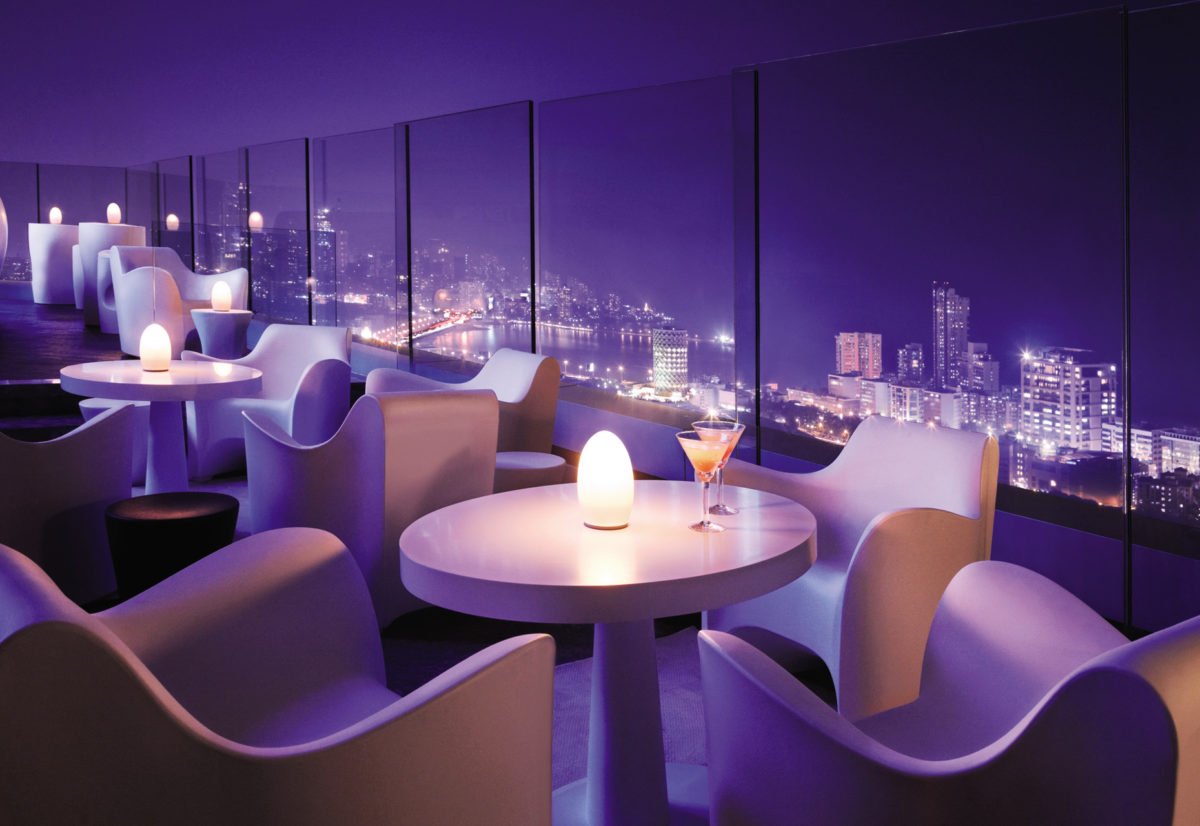Architecture, as we know, is the most commonly thought of as something permanent, long-lasting, and durable. To be justified for its purpose over time, traditional architecture usually needs to respond to multiple needs for the owners, occupants, and the general public. Instead, there is a defined need for a structure, display, enclosure, or interactive spaces that can be temporary, flexible, and adaptable for different age groups. This temporary architecture is also known as ‘pop-up architecture’, allowing creativity, time & cost savings during the construction process.
A Historical Perspective:
When dating back to the times of Greek and Roman Empires, we picture stone and masonry buildings, some of which have survived until today. The Empire used to be the primary force behind the construction of most surviving public and utilitarian buildings with their purposes. These urban locations served as venues to stage local plays or celebrate religious festivals.
Furthermore, there was government opposition to permanent amphitheatres unless built by the Romans. All of this gave rise to temporary wooden theatres for plays and festivals, making them a bit of social revolution with anti-establishment ideals. This temporary architecture provided a means for people to gather for a short duration of time, away from government restrictions.
Pop-up architecture is an interactive space of today & the urban destination of tomorrow. As compared to the permanent architecture that will continue to drill down into the ground, pop-up architecture is a delight with minimum harm to the environment.
Pop-Up Architecture:
As of now, we see many types of and uses for temporary or ‘pop-up’ architecture. Beyond the quick construction, pop-up architecture has also become known for lending itself to experimentation and artistic freedom, applying to both general design and new construction technology. The use of technology for design and fabrication means of much of the construction work can be done off-site and then transported to the building site.
So what does the pop-up architecture look like?
- Art: Large, interactive, outdoor public art installations set up in parks, plazas, squares, and other places that add a new dimension to location and attract visitors.
- Theatre: Theater set design has always been temporary and can be part of a larger building or an outdoor setting.
- Retail: Retail installations are often temporary like kiosk structures in shopping malls set up for a limited time or as a supplement for a permanent store.
- Music: Music stages and facilities for concerts, multi-day festivals, and similar events have become common in cities and even on college campuses around the world.
- Gatherings: Events require temporary facilities and buildings on a larger scale.
- Disaster Relief: Natural disasters and humanitarian situations have produced the need for temporary emergency housing, schools, churches, to help people through difficult situations.
All these ‘pop-up’ buildings and facilities occur because of the rather unique and focused need to accommodate anyone forms above.
Innovative Desing & Construction Process:
Temporary architecture has always received the same level of design thinking and analysis that the traditional architecture does, and in some cases, maybe even more so. The design freedom provided, analysis and synthetic of pure form and focused functions can lead to more in-depth concepts and broader linkages to time, place, and technology.
The sharper focus on the cause, event, art, or demonstration of ideas can reveal the best makeup of a design team. For example, the team might be limited to a defined group of architects, multi-disciplined team of collaborators, including traditional design professionals along with computer specialists, information professionals, and community activists.
When it comes to envisioning and working out the design options for temporary architecture, most of the practitioners already use computer-aided design (CAD) and building information modelling (BIM) as their most common design tools. And when it comes to construction of temporary architecture, several conventional techniques have emerged. Building materials like wood, steel, masonry, concrete, glass and even heavy-duty fabrics can surprise you with its outcomes.
Pop-up Architecture Worldwide:
The Floating Cinema: It was first launched in 2011, designed by architects Duggan Morris. The main idea behind the Floating Cinema was to bring together the floating worlds of the cinema with an actual floating boat and to animate different canalside locations with a touring programme.

Dalston House: Argentinian artist in east London, created a full-scale mock-up of the kind of terraced housed facade that was there once, and completed with mouldings and glimpses of the interior, on the flat on the ground, and fixing a big mirror over it at 45 degrees. This pop-up art creates an illusion that you’re climbing-or walking- up a vertical surface.

Pulp Pavillion, Coachella: Today, the music festivals are the Roman Ludi of our time, and festival pop-up structures and installations are its anti-establishment amphitheatre. With 200,000 attendees at England’s Glastonbury festival, 675,000 people through Coachella’s multi-day turnstiles and over 50,000 at Burning man were seen.
Time Pavilion, Mextropoli festival: Constructed by Factor Eficiencia, a local Mexico City firm, used computer imagery and 3D modelling made it easier to communicate the design intentions and construction style for the pavilion, converting the design into reality. This 100-square-meter installation was in place, embraced by adults and children, making it easier for children to climb on and around and adults to comfortably sit.


:format(webp):no_upscale()/cdn.vox-cdn.com/uploads/chorus_asset/file/6163305/ChrisBall_PulpPavilion_IMG_3487.0.JPG)



